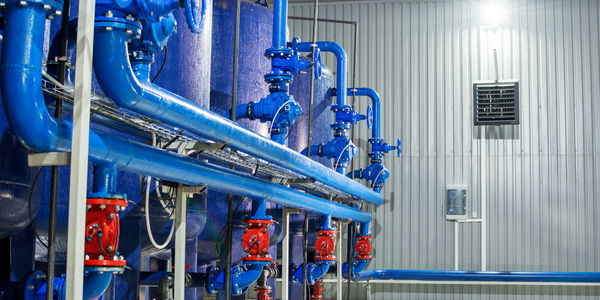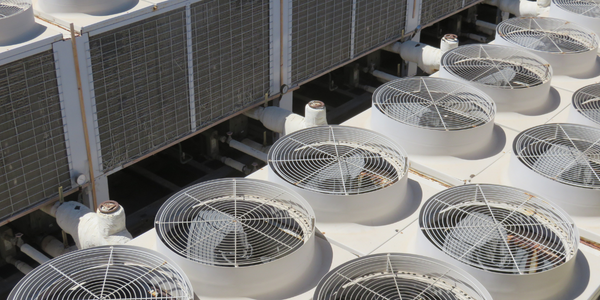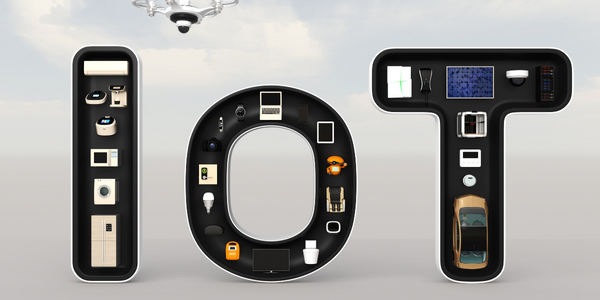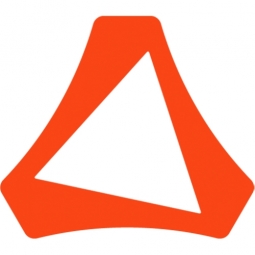Technology Category
- Analytics & Modeling - Digital Twin / Simulation
Applicable Industries
- Equipment & Machinery
- Life Sciences
Applicable Functions
- Maintenance
- Product Research & Development
Use Cases
- Additive Manufacturing
- Manufacturing Process Simulation
Services
- System Integration
- Training
About The Customer
Alstom is a promoter of sustainable mobility, developing and marketing systems, equipment, and services for the railway sector. The company manages a wide range of solutions in the market, from high-speed trains to metros and tramways, as well as customized services such as maintenance and modernization, and infrastructure and signaling solutions. Alstom is present in over 60 countries and employs 31,000 people. The company is constantly striving for the best manufacturing and development processes to create the finest possible products. For this specific project, Alstom’s engineers were tasked with improving the design of an existing cast part used in their Metropolis units.
The Challenge
Alstom, a world leader in integrated railway systems, was faced with the challenge of optimizing an existing component design to be manufactured with casting or alternatively with additive manufacturing technologies. The component in question was a part used in Alstom's Metropolis units in the train bogies to support the anti-roll system. The initial design of the part was found to be much too strong for the workloads it was subjected to, and the safety factor was also a little too high. Alstom's engineers were tasked with improving the design of this existing cast part, with a specific focus on optimizing it for production with metal additive manufacturing. The challenge was to improve the overall design while optimizing material usage, and to explore new production options with additive manufacturing.
The Solution
Alstom adopted a simulation-driven design approach using solidThinking Inspire for topology optimization and solidThinking Evolve for shape refinements. The first step involved an analysis with solidThinking Inspire, which confirmed the results of an earlier finite element (FE) analysis conducted with Altair HyperWorks. To improve the design and optimize material usage, the design volume of the part was increased, followed by a topology optimization. After several iterations with Inspire, a customized solution was found, and the exterior shape was then refined with solidThinking Evolve. The final geometry was then again verified with a detailed FE analysis. Alstom also collaborated with local 3D printing companies to prepare and analyze the part for additive manufacturing. The use of solidThinking Inspire, solidThinking Evolve and Altair HyperWorks’ solutions allowed the engineers to complete the process and support structural tests.
Operational Impact
Quantitative Benefit

Case Study missing?
Start adding your own!
Register with your work email and create a new case study profile for your business.
Related Case Studies.

Case Study
Smart Water Filtration Systems
Before working with Ayla Networks, Ozner was already using cloud connectivity to identify and solve water-filtration system malfunctions as well as to monitor filter cartridges for replacements.But, in June 2015, Ozner executives talked with Ayla about how the company might further improve its water systems with IoT technology. They liked what they heard from Ayla, but the executives needed to be sure that Ayla’s Agile IoT Platform provided the security and reliability Ozner required.

Case Study
IoT enabled Fleet Management with MindSphere
In view of growing competition, Gämmerler had a strong need to remain competitive via process optimization, reliability and gentle handling of printed products, even at highest press speeds. In addition, a digitalization initiative also included developing a key differentiation via data-driven services offers.

Case Study
Predictive Maintenance for Industrial Chillers
For global leaders in the industrial chiller manufacturing, reliability of the entire production process is of the utmost importance. Chillers are refrigeration systems that produce ice water to provide cooling for a process or industrial application. One of those leaders sought a way to respond to asset performance issues, even before they occur. The intelligence to guarantee maximum reliability of cooling devices is embedded (pre-alarming). A pre-alarming phase means that the cooling device still works, but symptoms may appear, telling manufacturers that a failure is likely to occur in the near future. Chillers who are not internet connected at that moment, provide little insight in this pre-alarming phase.

Case Study
Premium Appliance Producer Innovates with Internet of Everything
Sub-Zero faced the largest product launch in the company’s history:It wanted to launch 60 new products as scheduled while simultaneously opening a new “greenfield” production facility, yet still adhering to stringent quality requirements and manage issues from new supply-chain partners. A the same time, it wanted to increase staff productivity time and collaboration while reducing travel and costs.

Case Study
Integration of PLC with IoT for Bosch Rexroth
The application arises from the need to monitor and anticipate the problems of one or more machines managed by a PLC. These problems, often resulting from the accumulation over time of small discrepancies, require, when they occur, ex post technical operations maintenance.

Case Study
Data Gathering Solution for Joy Global
Joy Global's existing business processes required customers to work through an unstable legacy system to collect mass volumes of data. With inadequate processes and tools, field level analytics were not sufficient to properly inform business decisions.







